I bought a Hasselblad H1 by accident. Like it’s older cousin, the Hasselblad V, the H series is modular. It has options for batteries, viewfinders, and camera backs, in addition to lenses. Sometimes, it turns out, coming into possession of just one camera component can start you on a camera journey.
A while ago I had bought a Phase One P30 back for my Hasselblad V at a price I had thought acceptable. It turns out, of course, it doesn’t fit the V. I had bought a H series back, and there was no mechanism of adapting it to a V camera. The P30 went into a box in a drawer. Play the montage of time passing. Then last year I saw a Hasselblad H1 camera for a reasonable price.
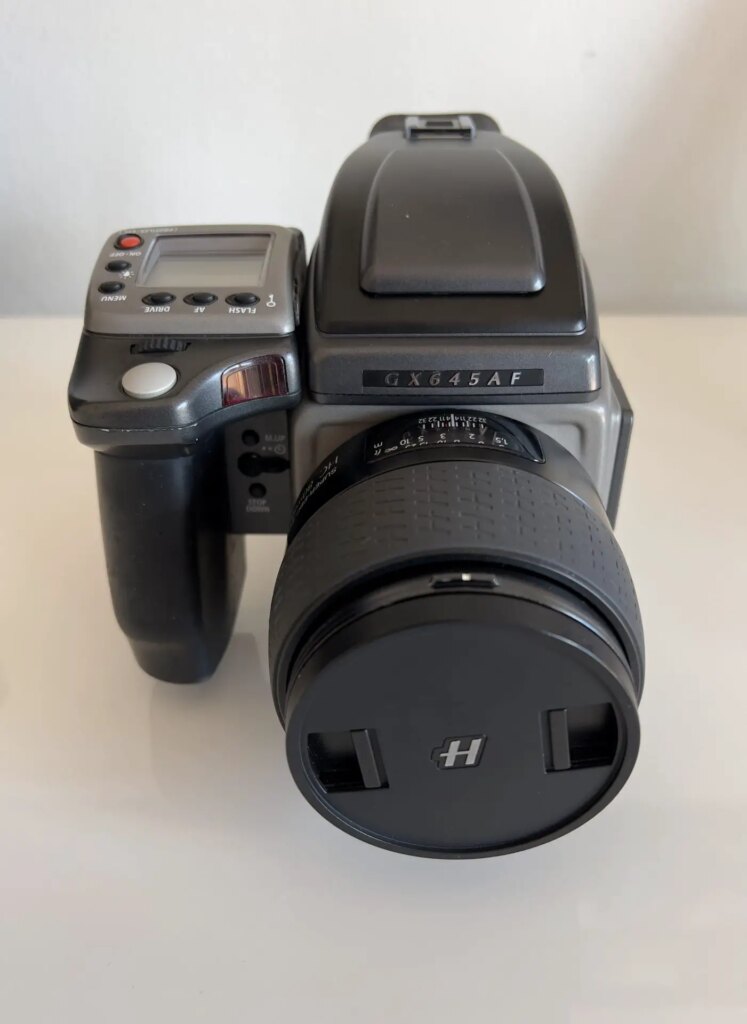
My interest was piqued. Not helped by GASsy discussions with my Pixels and Grain Collective friends about digital medium format, and drawn to the prospect of “vintage” digital and the ability to finally utilize this neglected camera back, I plunged in. I became the proud owner of a Hasselblad H1, a HC 80/2.8 and 50/3.5 lenses, and then later, a P45 back.

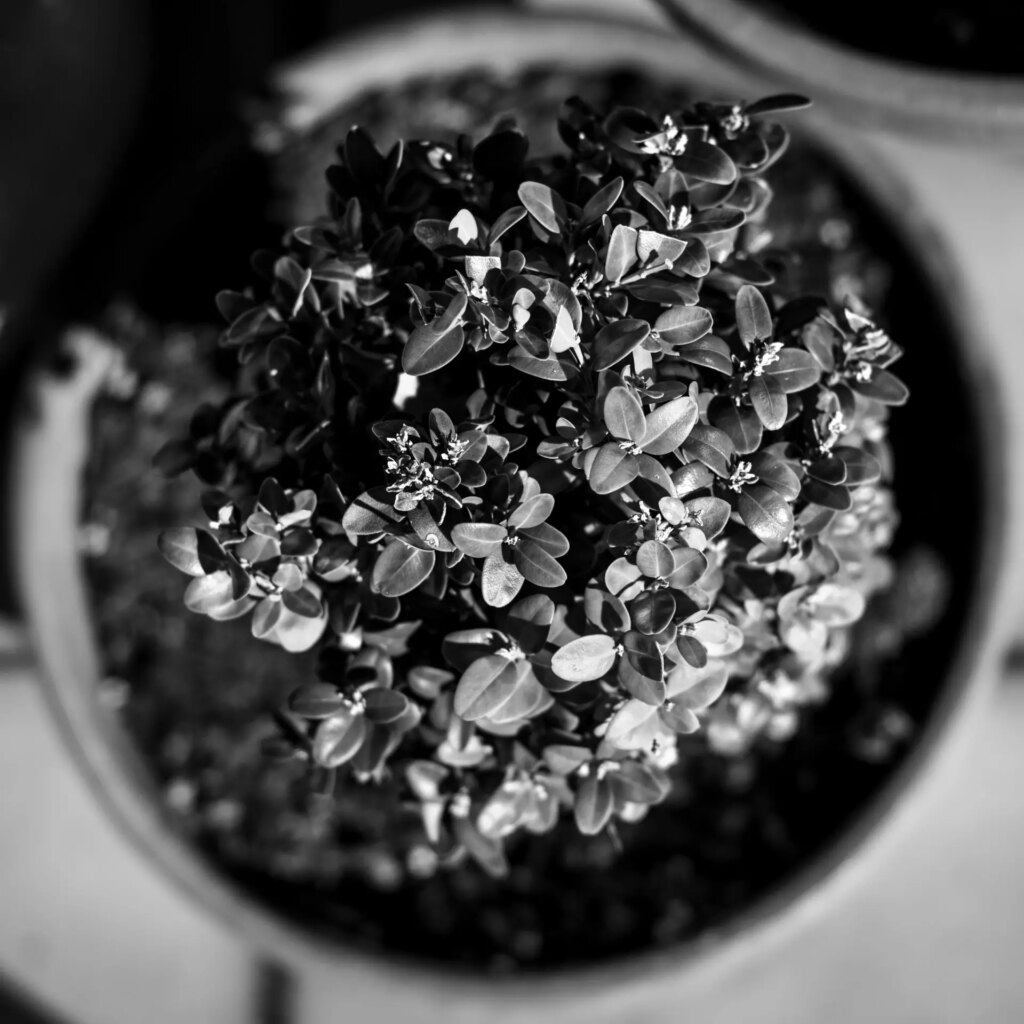
The H series was launched in 2002. They are co-manufactured with Fujifilm. The H series are 645 cameras that can accommodate both film and digital. Models in this line are still in production. It is an electronic autofocusing SLR. The Fujifilm version of this camera is the GX645, and the same in all but name. There is a film back that has automatic film advance, electronic ISO settings, auto detection of 120 and 220 rolls, and an integrated fold away dark slide.
Phase One is currently known for its Capture One software and high-end medium format digital cameras and backs. The Phase One P series of digital backs were launched in 2004 and made with specific compatibilities with several different camera bodies. Unlike its predecessors, they do not require computer tethering, and they don’t need cables when paired with a H camera. The sensor dimensions did not quite match the 645 film format dimensions, though they were clearly larger than full frame 35mm (36x24mm). The P30 was 44.2 x33.1mm CCD, and the larger P45 was 49.1×36.8mm (in comparison, the GFX 100 sensor size is 43.9×32.9mm, the CFV II is 43.8×32.9mm, and X1d II is 44x33mm).

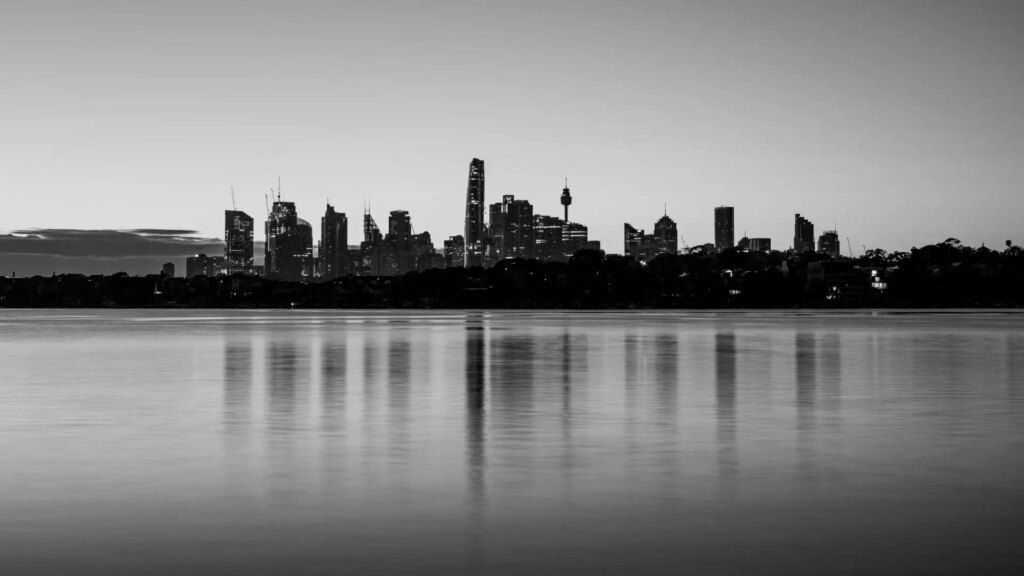
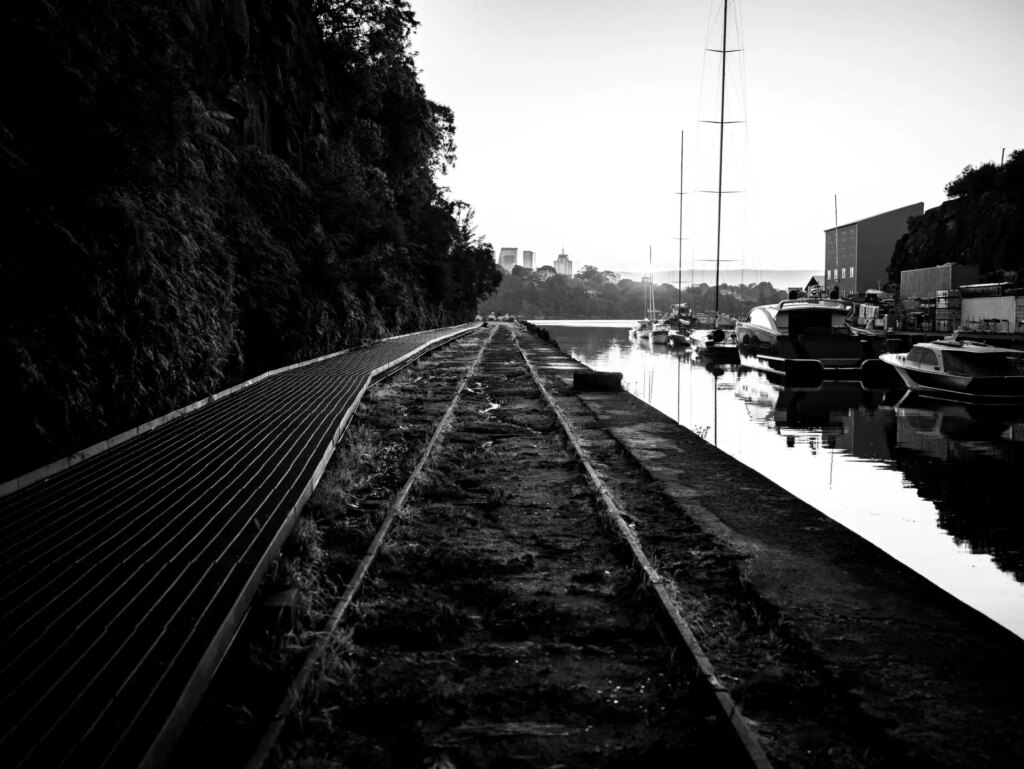
The fully assembled Hasselblad H1 camera is heavy, heavier than a V camera, and bulkier too. The handling is ergonomic, though, with a right sided grip which includes the battery, and control buttons and wheels for the thumb and finger. The prism finder has an integrated LCD with exposure and meter information (the chimney finder has optics only and no LCD), and there is a separate LCD top plate. The camera firmware is updatable. The H2 is largely a firmware update compared to the H1. Use of the newer range of H lenses will also require more modern firmware. Firmware updates are also available for the Phase One backs. The RAW files seem to process as TIFFs in an Adobe environment (I have yet to open them in Capture One to see if they are proper RAW files).
Except for my 4×5 camera, there has not been another camera in use that has slowed down my photography. I almost always use it on a tripod. (Annoyingly the arca style tripod plate I originally bought for the V series needs frequent tightening.) The autofocus is slow even in perfect conditions, and it can hunt in low contrast or low light, but it is accurate. Of course, there is no focus peaking or focus magnification that I am used to from a mirrorless EVF, and the focus plane is thin. Manual focus at your own peril. Another absence I missed from a mirrorless experience was a live histogram. The Hasselblad H1 histogram is displayed on the top plate after a capture. It doesn’t make exposing to the right easy with fast changing light (I almost never capture photos that way with the H1 as a result). The vintage sensor only resolves 12 stops of dynamic range, and not the 14 stops I am used to from my old Sony. I can’t recover the shadows without excessive noise, and not having a live histogram doesn’t help with my usual mirrorless focused shooting workflow. There is prominent chromatic aberrations in harsh contrast that isn’t easily tamed with post processing. Whilst the back is integrated with the camera, it is a separate electronic unit and must be turned on and off independently of the camera. And whilst the back has an LCD for image review, the screen is of such low quality that nothing meaningful can be obtained by the post capture preview except to confirm an image was taken.
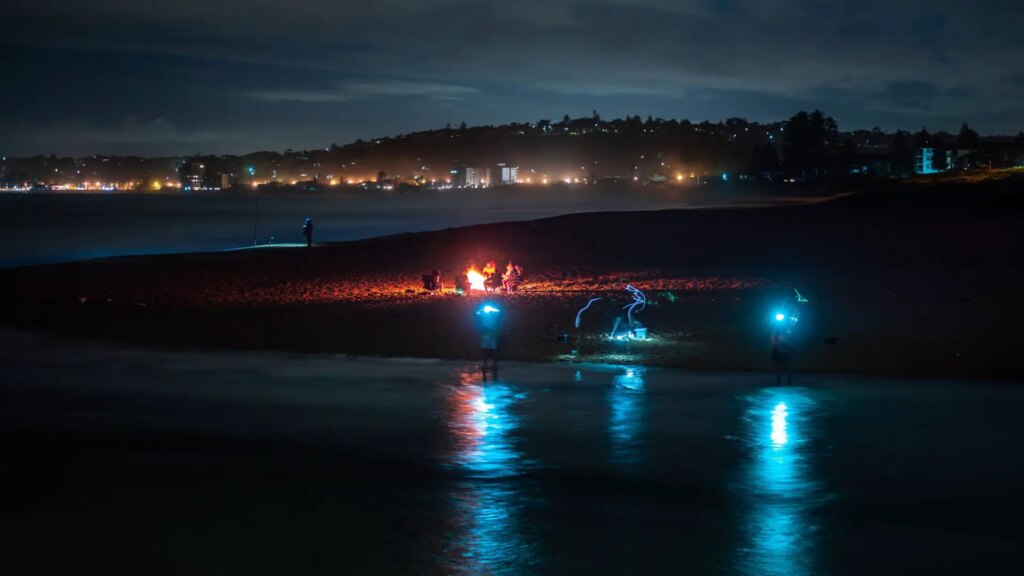
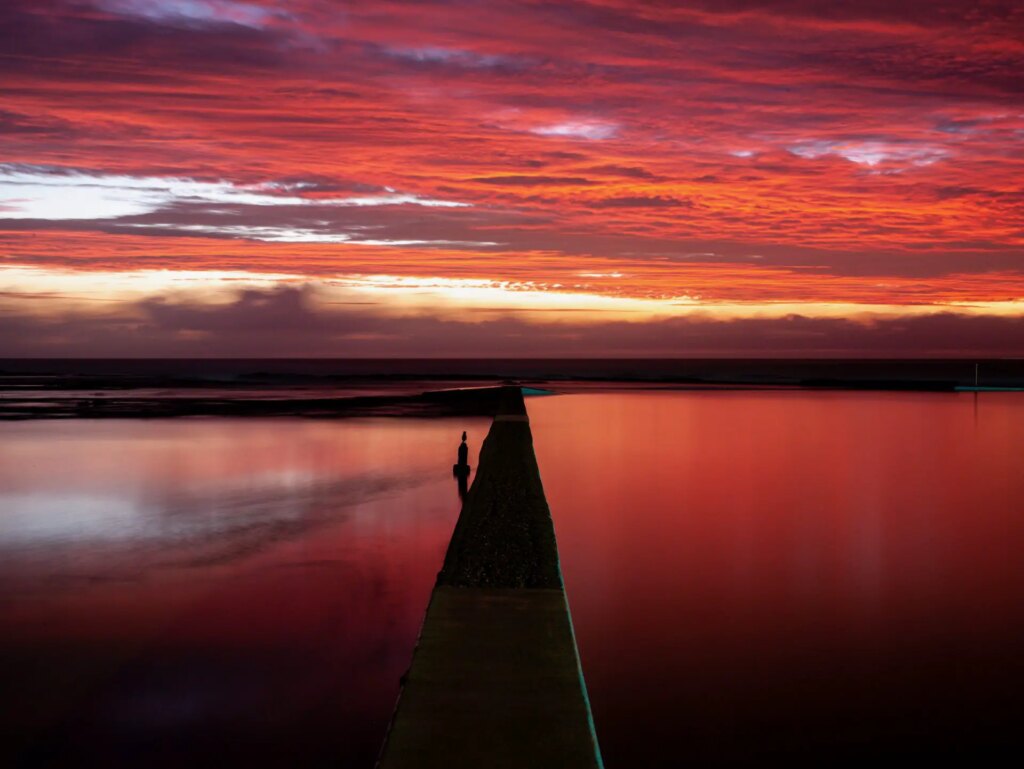
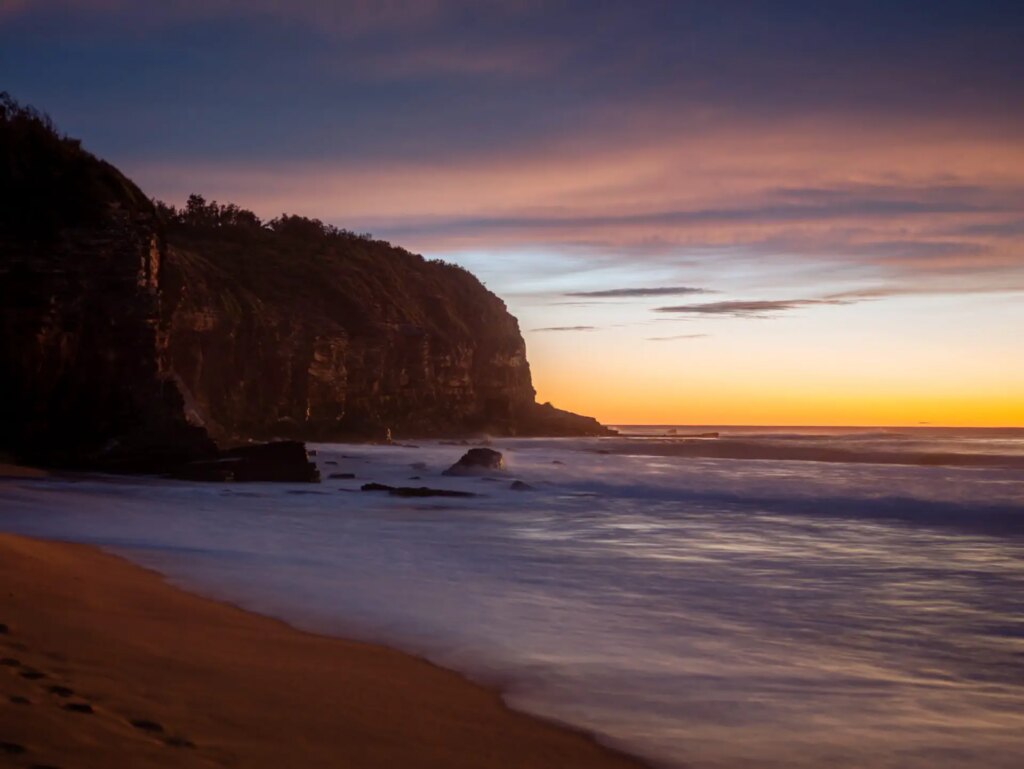

Yet there is also a pleasure in its use. The Hasselblad H1 metering is accurate and the controls intuitive. A potential useful feature is that the shutter can be set for up to 18 hours, rather than relying solely on B or T shutter settings. Whether the digital back supports those shutter speeds might be another thing. The images have a lovely rendering that feels less clinical than my more modern cameras with their near perfect sensors and lenses. There is a pleasure in being forced to slow down that comes with a mindfulness of being so involved with the task at hand and the environment you are in.
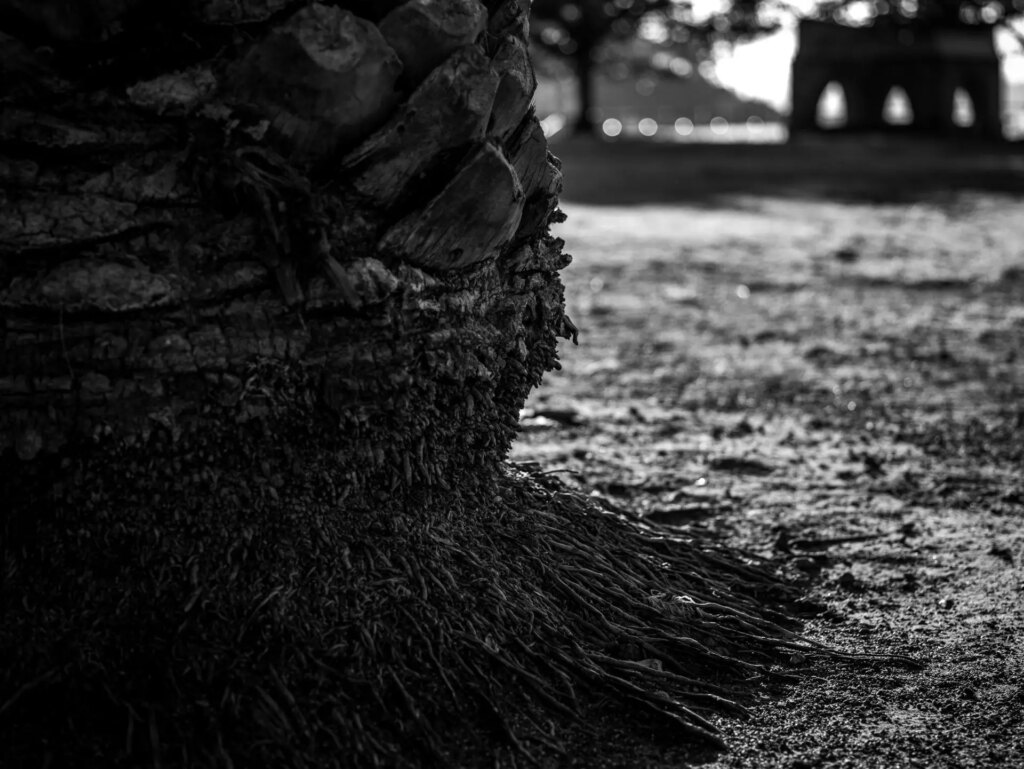

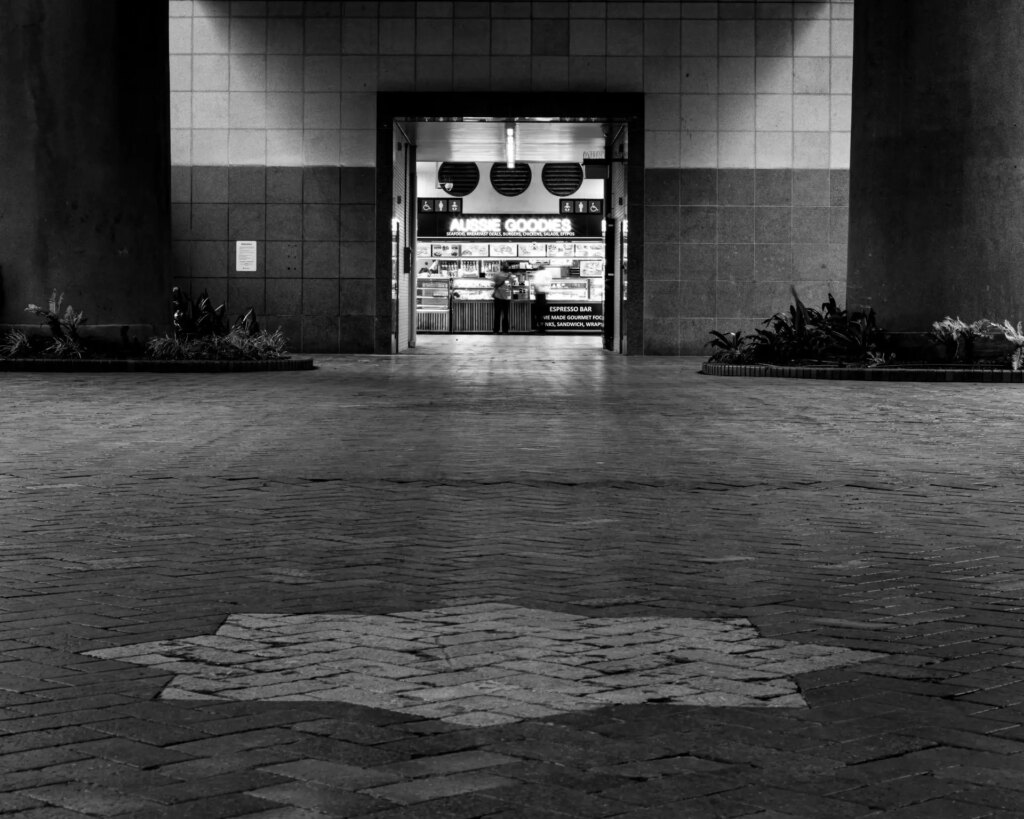
Would I recommend the Hasselblad H1 system? I don’t know. This is still an early ownership review. There are a lot of issues. I have yet to sort out the kinks (if it was easy to update the firmware of the camera, I would have done so by now; I’m still sorting out how to process the capture files as a RAW). Even slightly more modern digital backs are very expensive even second hand. In comparison, modern digital cameras are just more capable, lighter, have better optics, and are plain younger (electronics and all that). But if you are drawn to older cameras and slower processes, and if you want to shoot both film and digital with the one camera, then maybe. I hope you enjoy the photos.
You can find me at the Pixels and Grain Collective here: pixelsandgrain.photo.blog
Share this post:
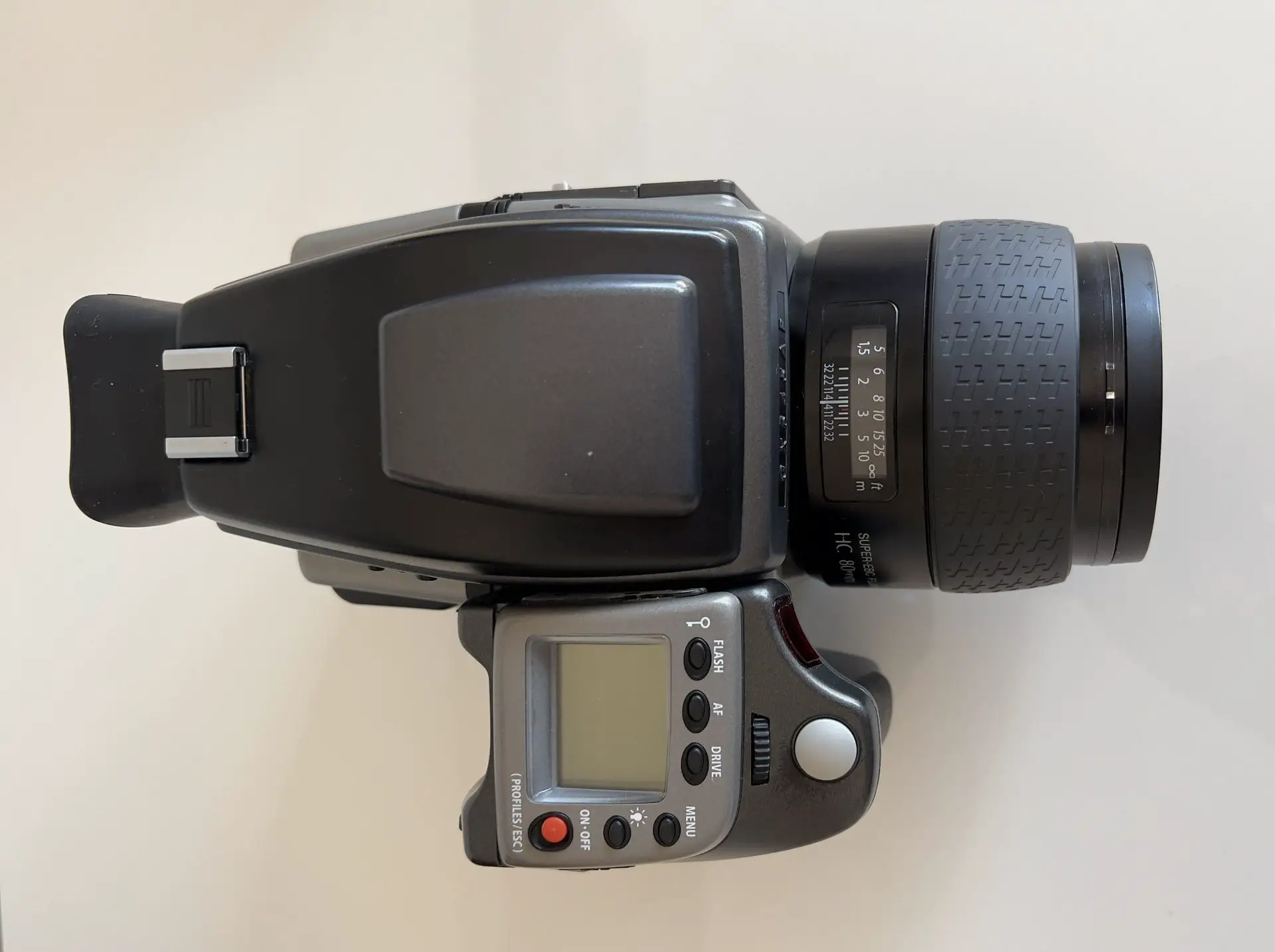








Comments
Julian on Hasselblad H1 – An Accidental Journey into Phase One P Series Digital Backs – By Bill Thoo
Comment posted: 23/09/2022
Comment posted: 23/09/2022
Brian Cox on Hasselblad H1 – An Accidental Journey into Phase One P Series Digital Backs – By Bill Thoo
Comment posted: 23/09/2022
Comment posted: 23/09/2022
Brian Cox on Hasselblad H1 – An Accidental Journey into Phase One P Series Digital Backs – By Bill Thoo
Comment posted: 23/09/2022
Comment posted: 23/09/2022
Huss on Hasselblad H1 – An Accidental Journey into Phase One P Series Digital Backs – By Bill Thoo
Comment posted: 24/09/2022
Comment posted: 24/09/2022
Comment posted: 24/09/2022
Bill Brown on Hasselblad H1 – An Accidental Journey into Phase One P Series Digital Backs – By Bill Thoo
Comment posted: 24/09/2022
Comment posted: 24/09/2022
Kodachromeguy on Hasselblad H1 – An Accidental Journey into Phase One P Series Digital Backs – By Bill Thoo
Comment posted: 25/09/2022
Comment posted: 25/09/2022
Roger Harrison on Hasselblad H1 – An Accidental Journey into Phase One P Series Digital Backs – By Bill Thoo
Comment posted: 29/09/2022
Comment posted: 29/09/2022
Marc on Hasselblad H1 – An Accidental Journey into Phase One P Series Digital Backs – By Bill Thoo
Comment posted: 06/11/2022
Also learned- a 39MP is dangerous in that if you miss focus for portraits, you will know an a brutal way. If you do nail focus and your model does not have good skin or her make-up needs help, you will know in a brutal way. More thoughts: Sometimes it's too easy to hit the battery release on the digital back and the battery comes falling out at inopportune times. It's an absolute beast to handhold with the big zooms attached. and ball heads on tripods don't care for all that weight in the portrait position, either. Batteries should not be connected to the back in your bag, somehow they power the back on and will be drained by the time you get to your photoshoot. It's a pain to hike in a 35 pound/16 kilogram Thank Tank bag into the woods or onto a long stretch of beach. Shooting film with it actually is less stressful for me. Irritatingly, if I place film downloads in Adobe Lightroom Classic, I can't access the 'Lens Corrections' for my Hasselblad lenses (fix this, Adobe!)
Would I recommend it? No. Why? Because I don't want anybody else figuring out that despite it's shortcomings, this camera absolutely rips and makes the files coming off my Canon 5D III look like they came off a 2003 digital point and shoot. I wish I could keep it my little secret, but apparently all of you figured it out, hahaha!
Comment posted: 06/11/2022
Rich on Hasselblad H1 – An Accidental Journey into Phase One P Series Digital Backs – By Bill Thoo
Comment posted: 19/02/2023
Kristin on Hasselblad H1 – An Accidental Journey into Phase One P Series Digital Backs – By Bill Thoo
Comment posted: 18/05/2023
Comment posted: 18/05/2023
Comment posted: 18/05/2023
Comment posted: 18/05/2023